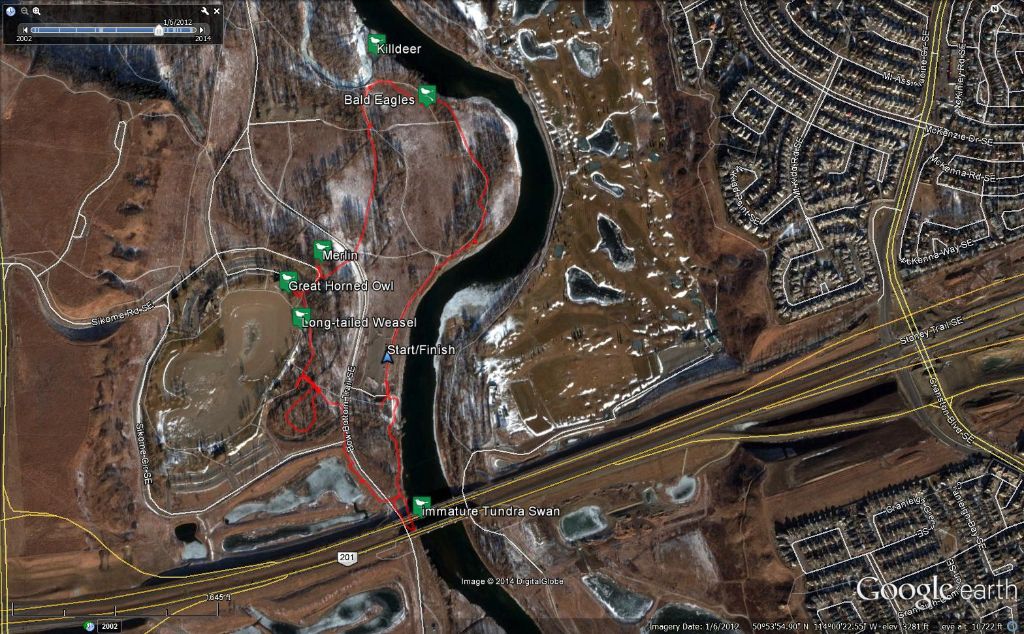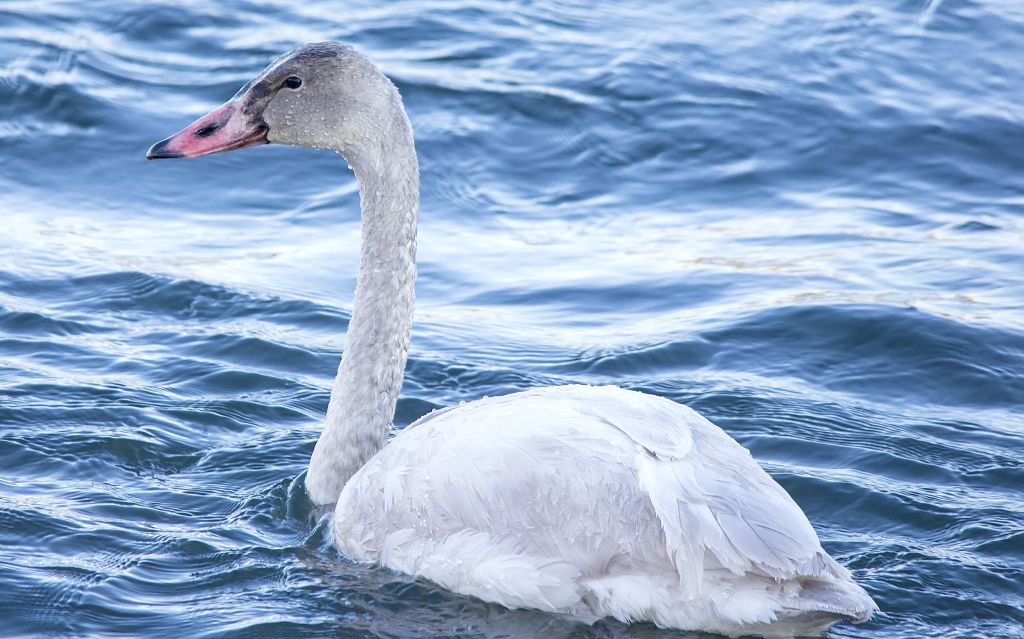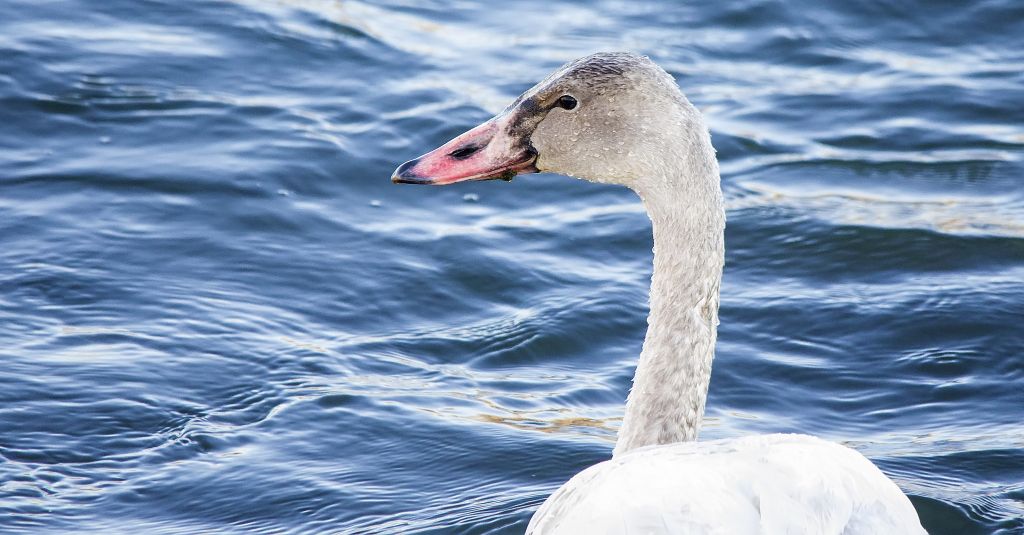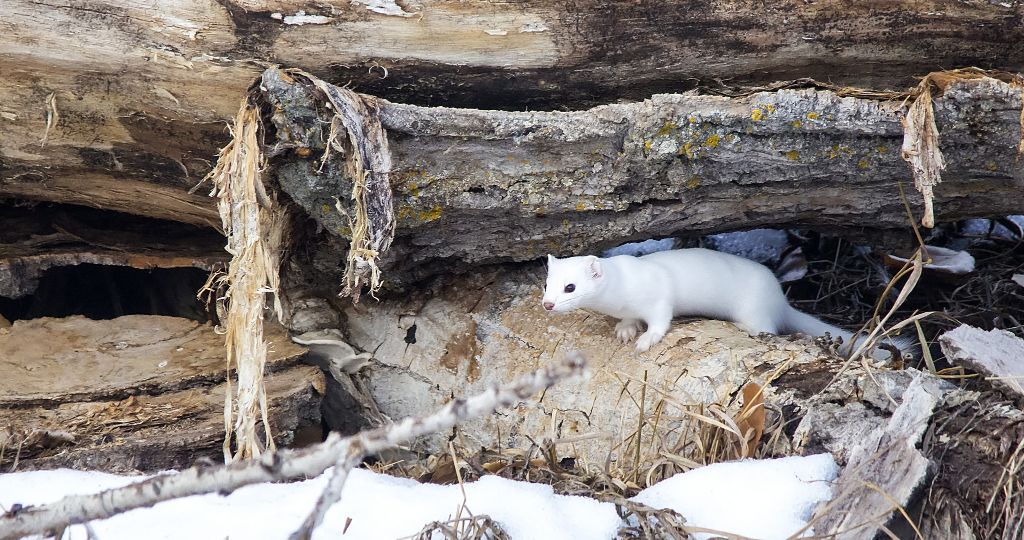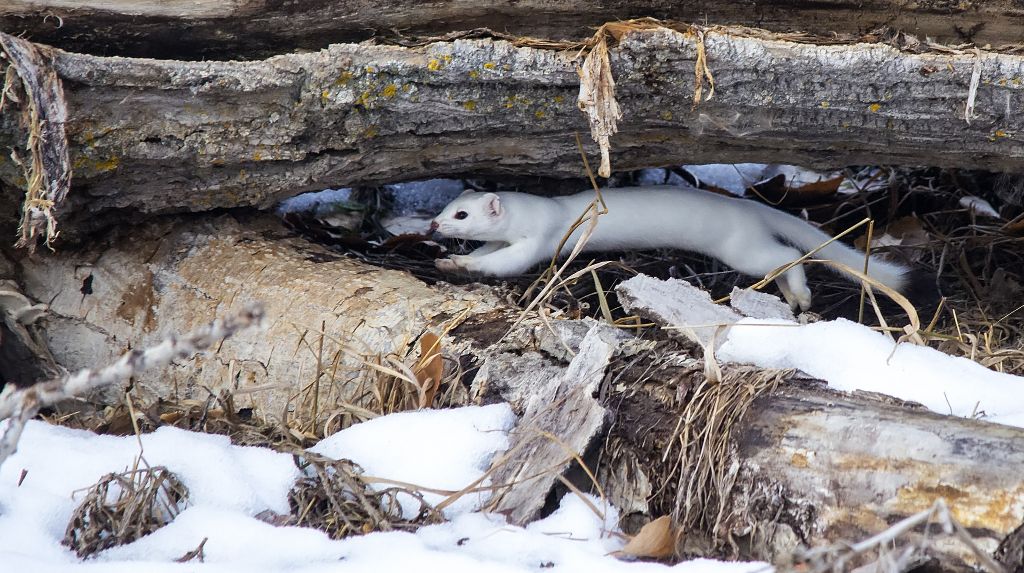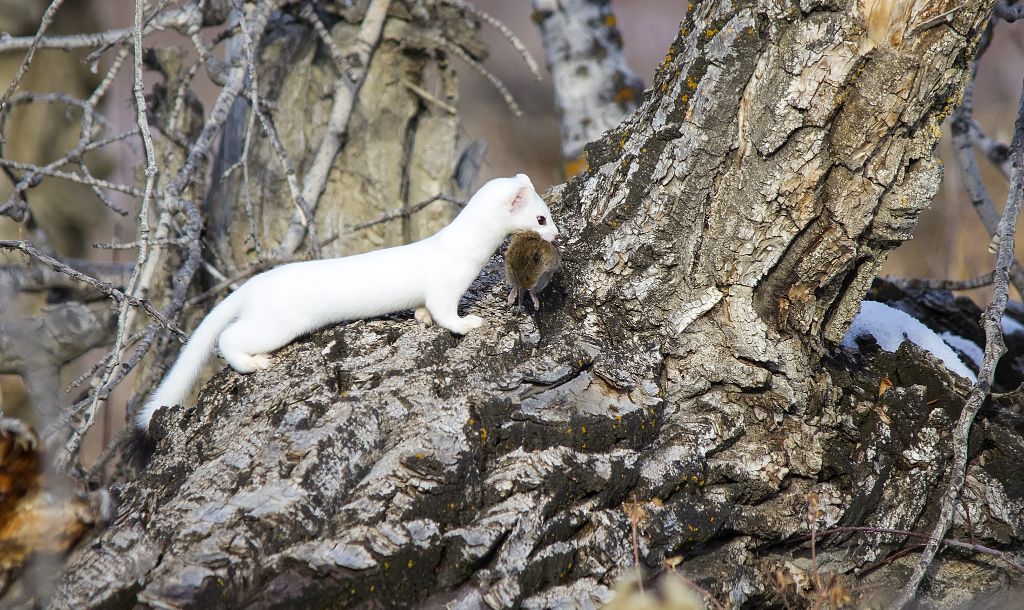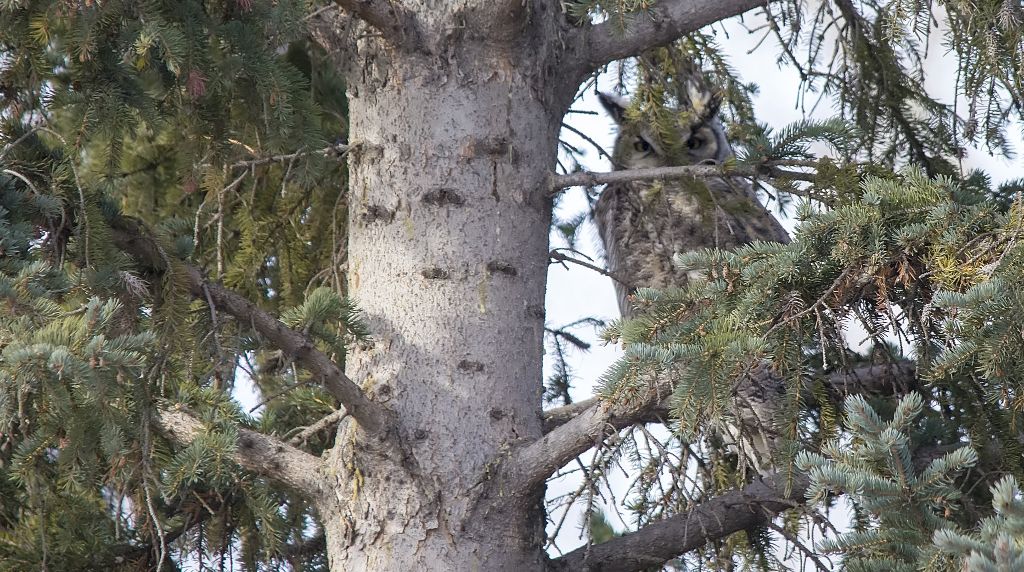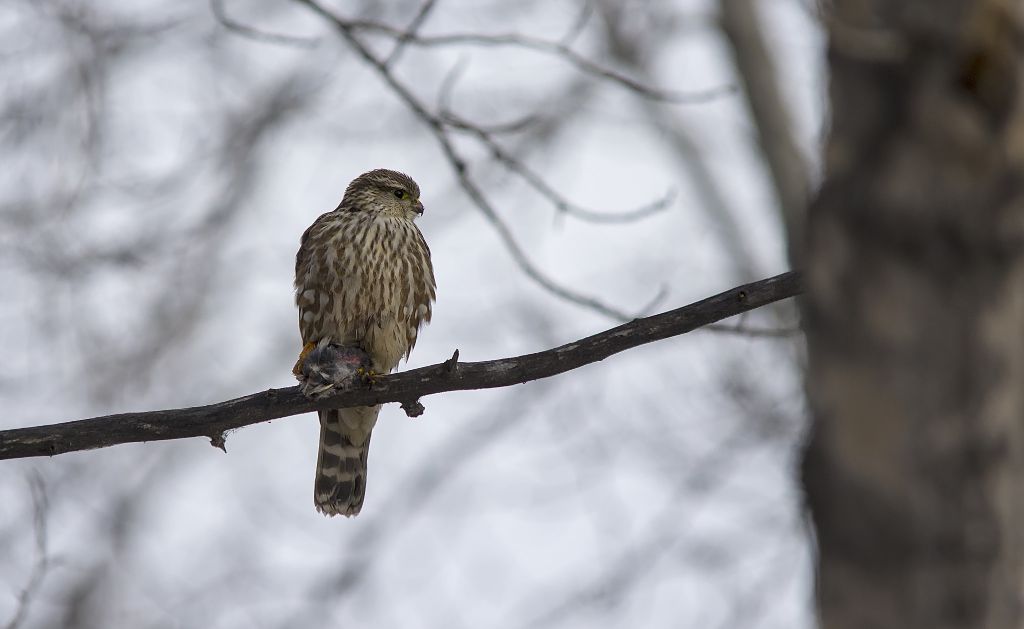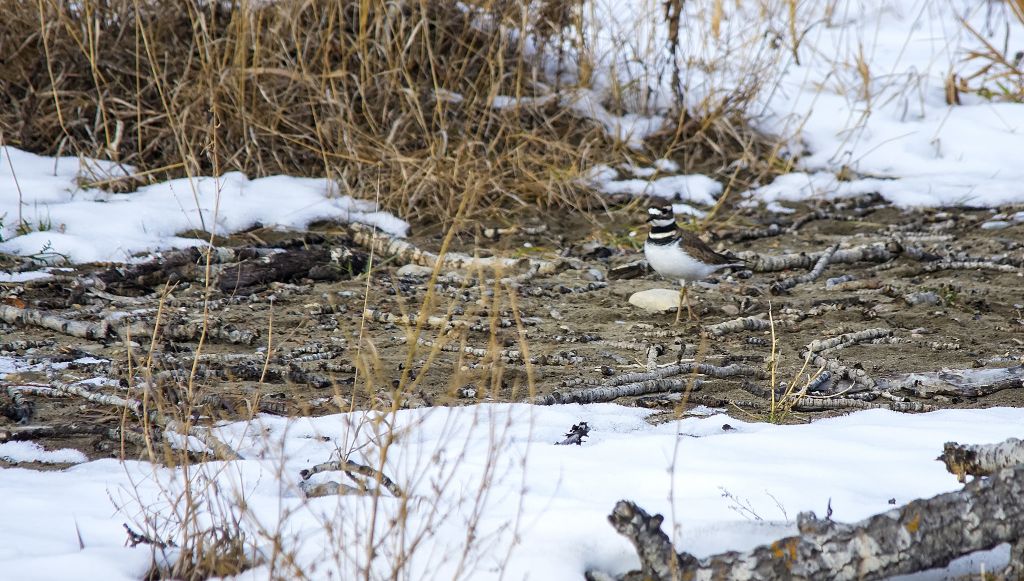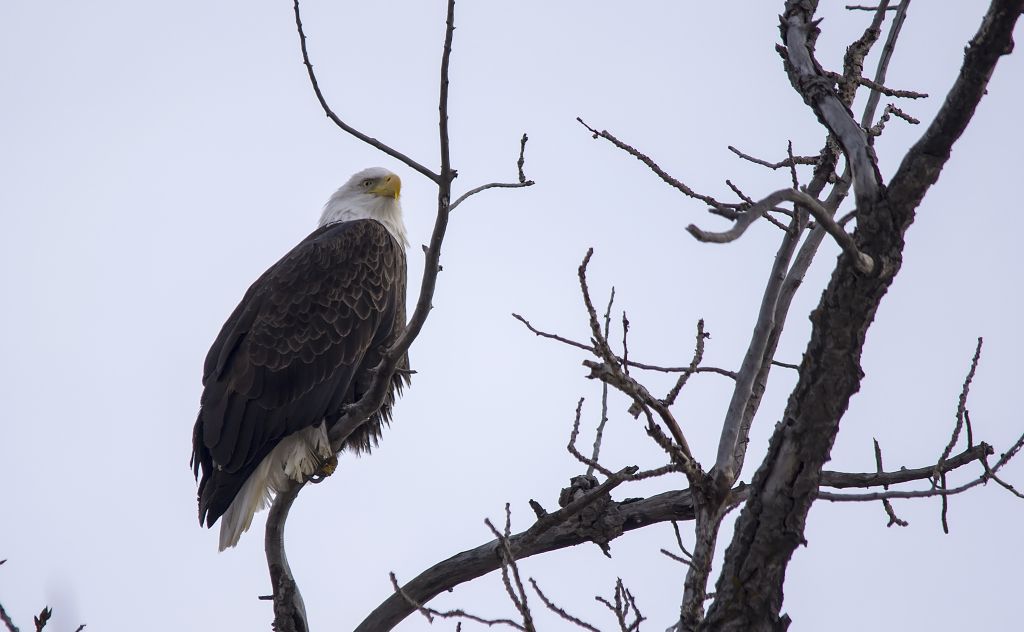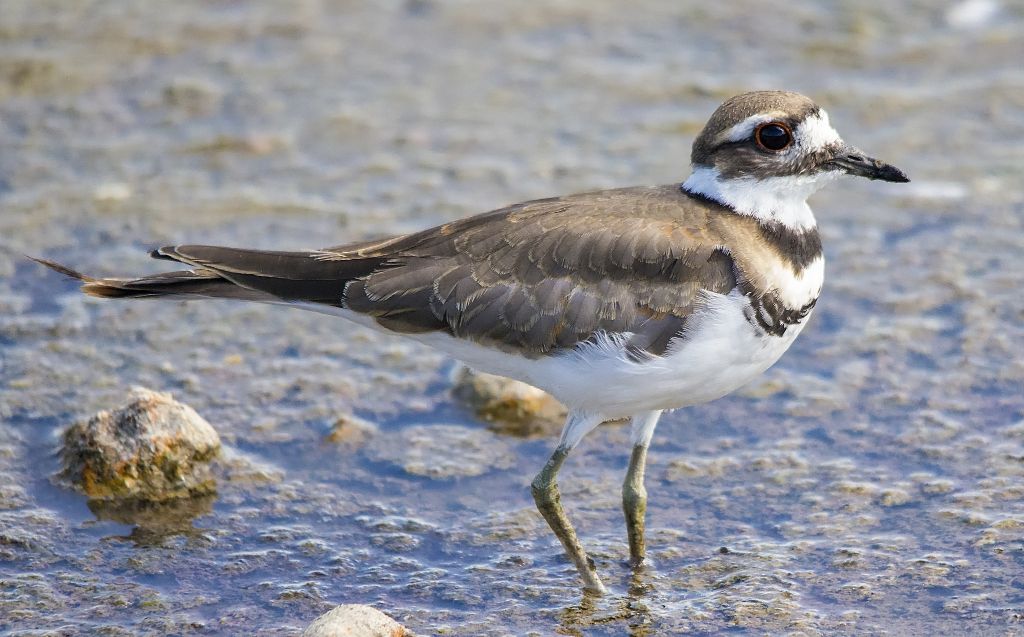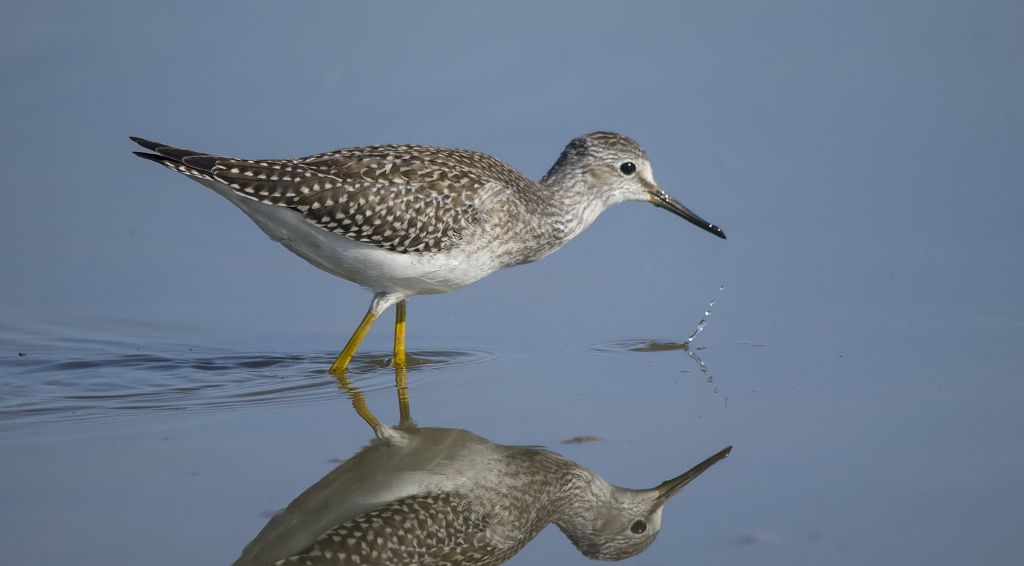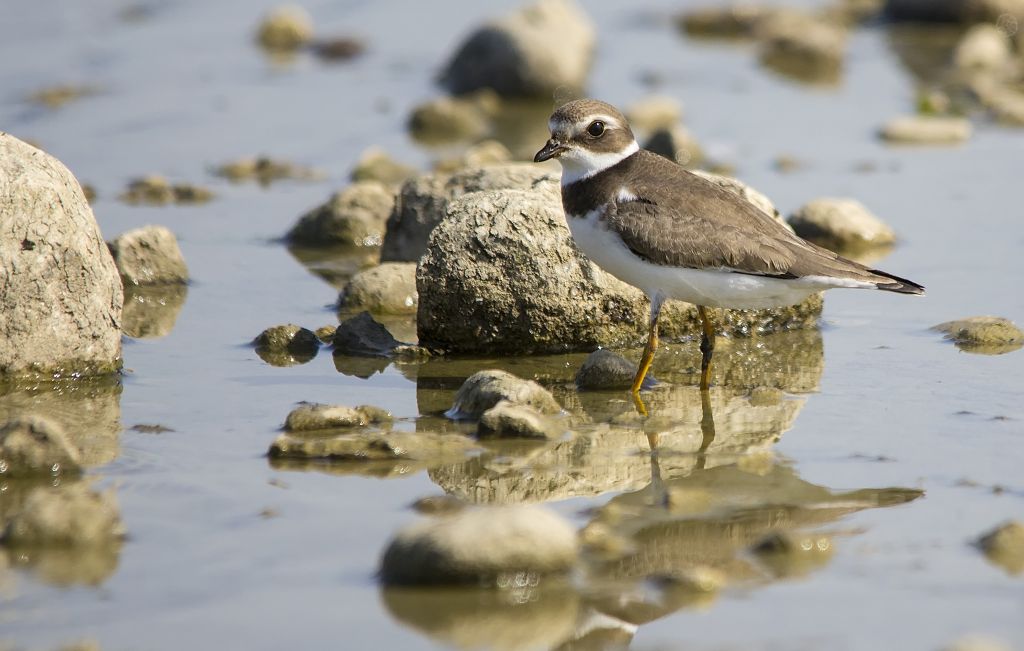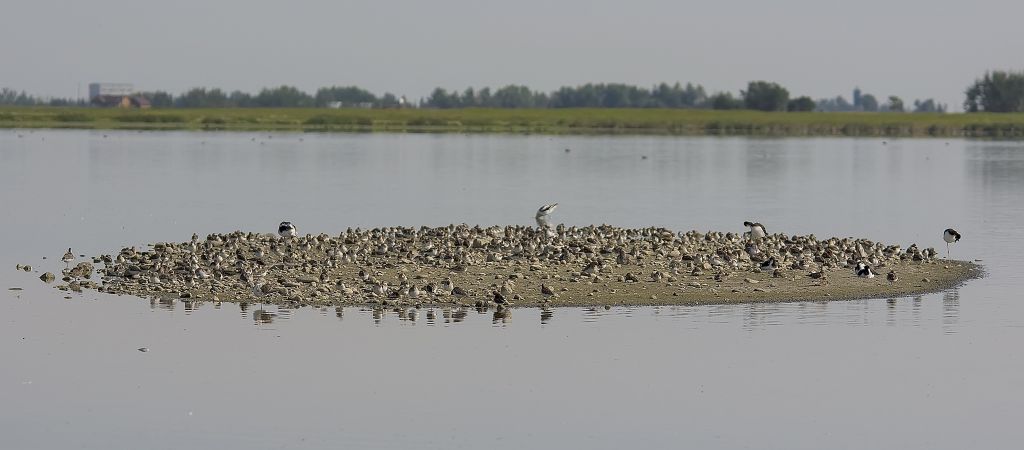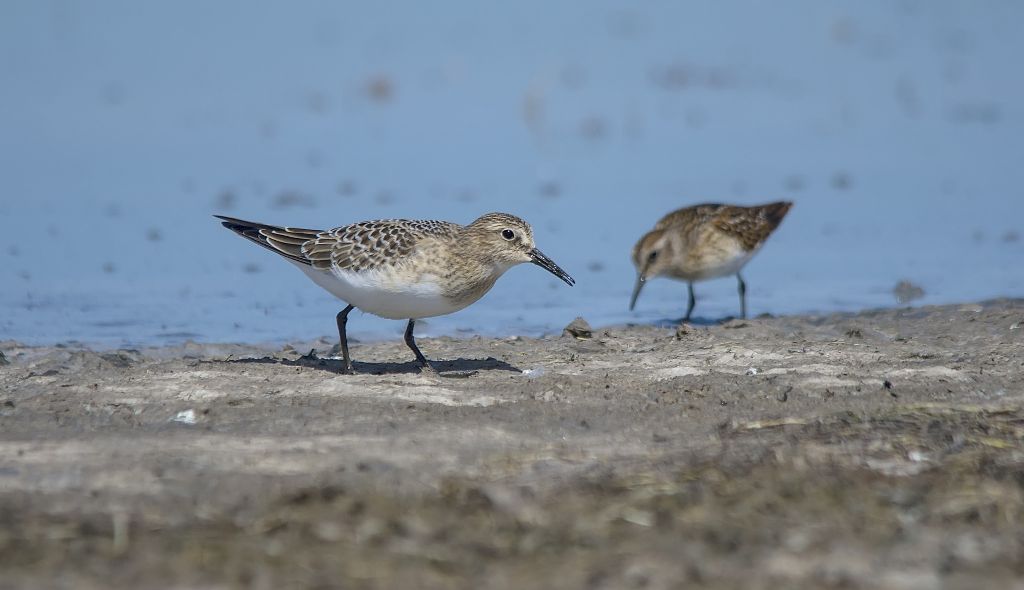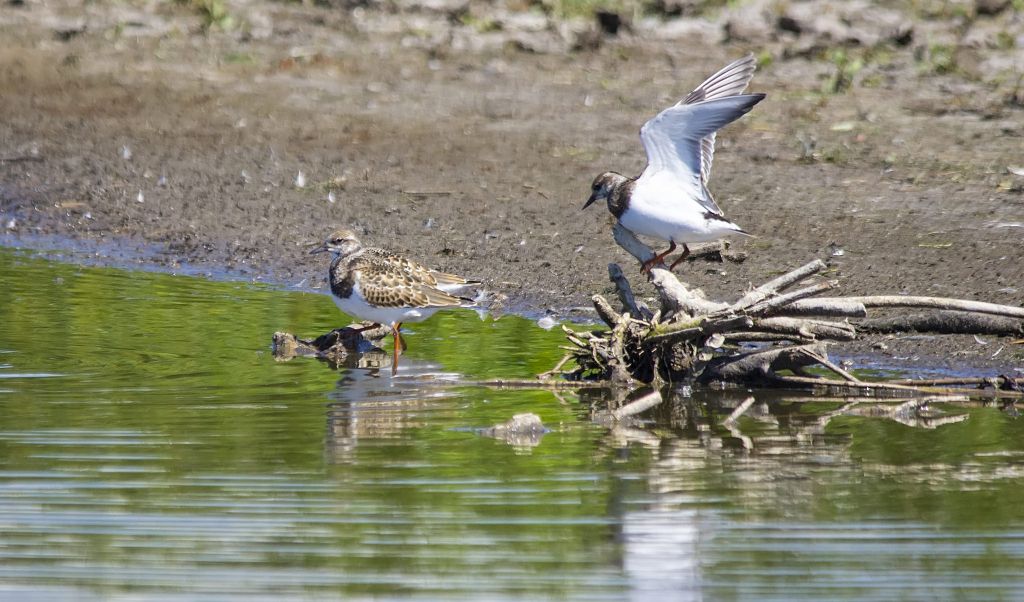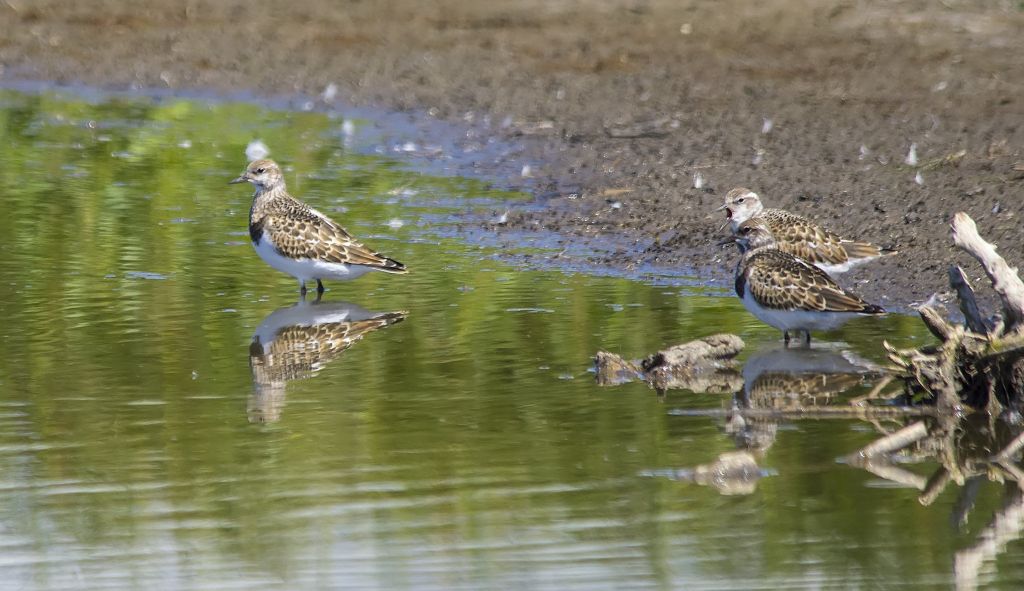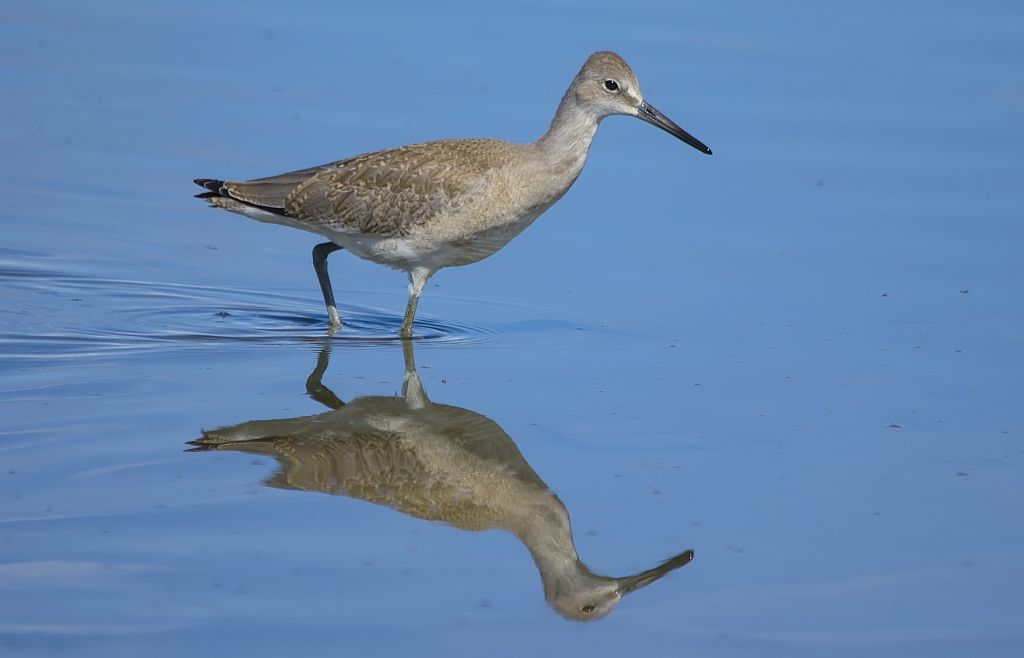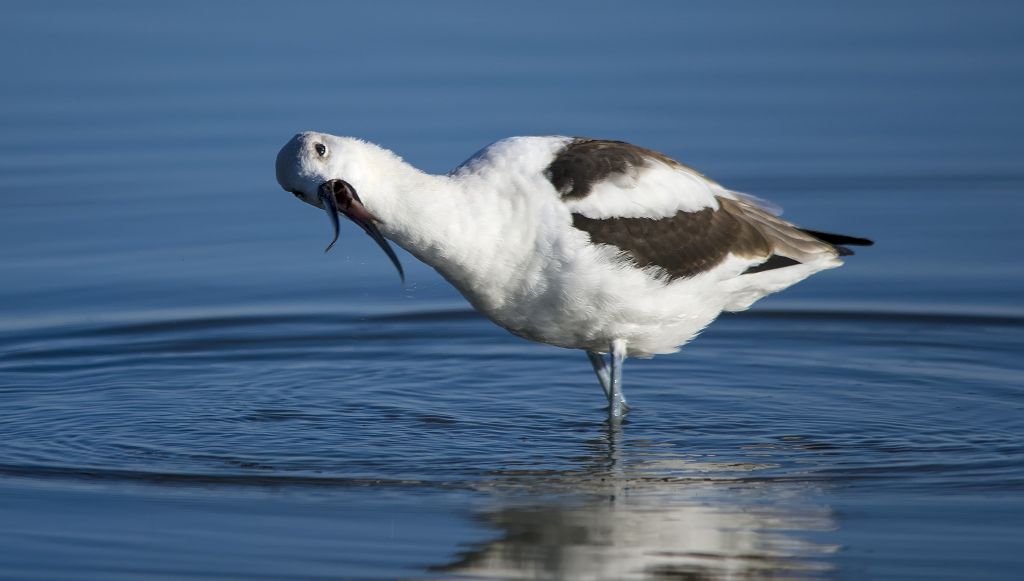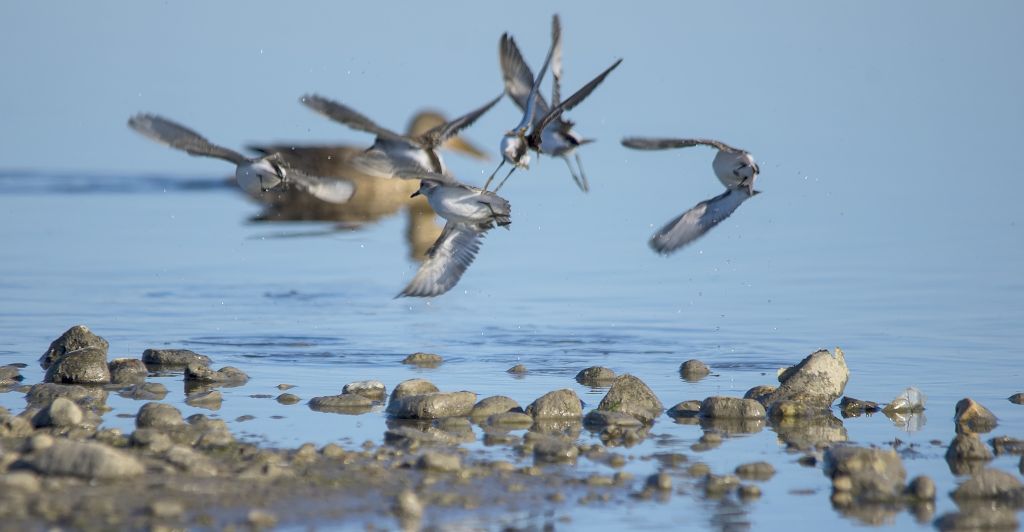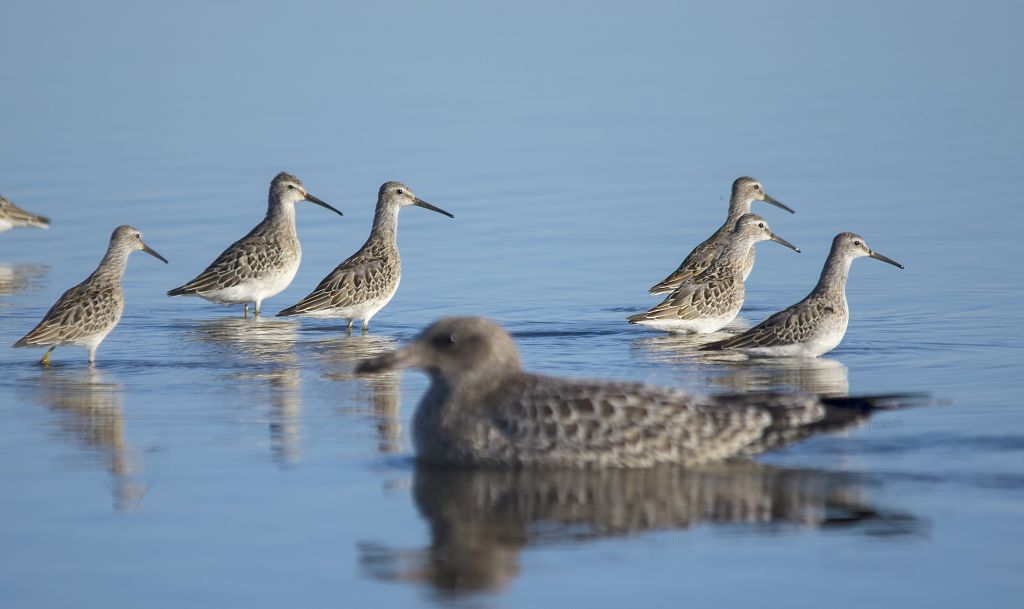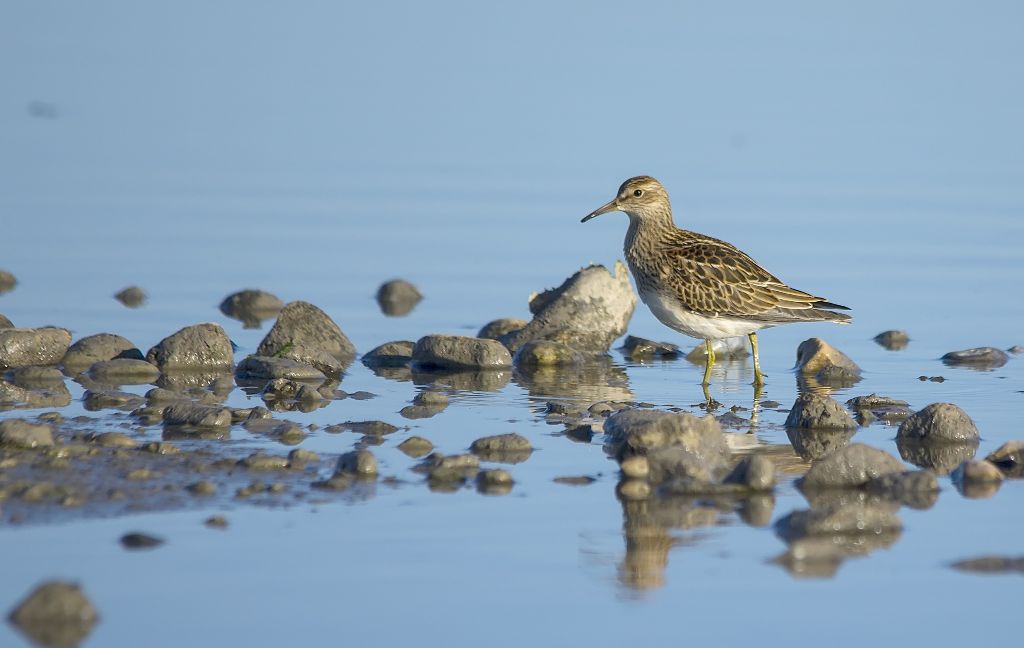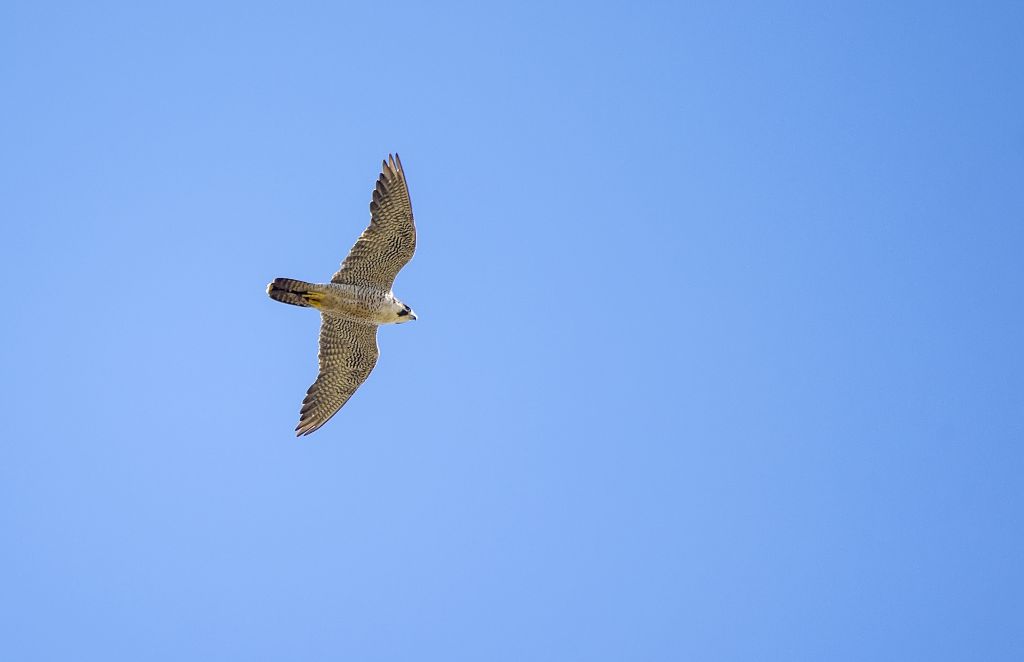By Cathy Warwick
Last spring I volunteered to help clean up the Wetlands just east of Elliston Park, in the Forest Lawn area. It was organized by Nature Calgary. I also “volun-told” my teenage son Finn that he was helping. What could be better than a bit of birding with another purpose layered on top! We showed up on a sunny May day and were given capacious black garbage bags and a map of an area to clean. Our area was a large field that basically looked like a bunch of nothingness. Wetlands are like that, to our human eyes there is nothing there, not true! To a bird it is a great place to feed, breed and live.

Making a circuit around our large area we slowly filled our garbage bags with Tim Hortons cups. We got to a stand of trees and stopped, these trees were, unfortunately, filled with garbage, big garbage. Our black bags suddenly appeared tiny. A dumpster truck was needed in that area. I toyed with the idea of putting a diaper genie in my bag, or carrying out a car windshield. Instead we backed away slowly and made our way to the pond.
The secret to getting teens birding is to plonk them down in a big field with a garbage bag and binoculars. There are only two options, birds or garbage. Finn suddenly became interested in looking at the birds through the binoculars. In the pond we saw a large group of American Avocet, the ballerinas of the bird world. These dainty and elegant wading birds were dipping their long thin bills in the pond, waving them side to side to catch small invertebrates.
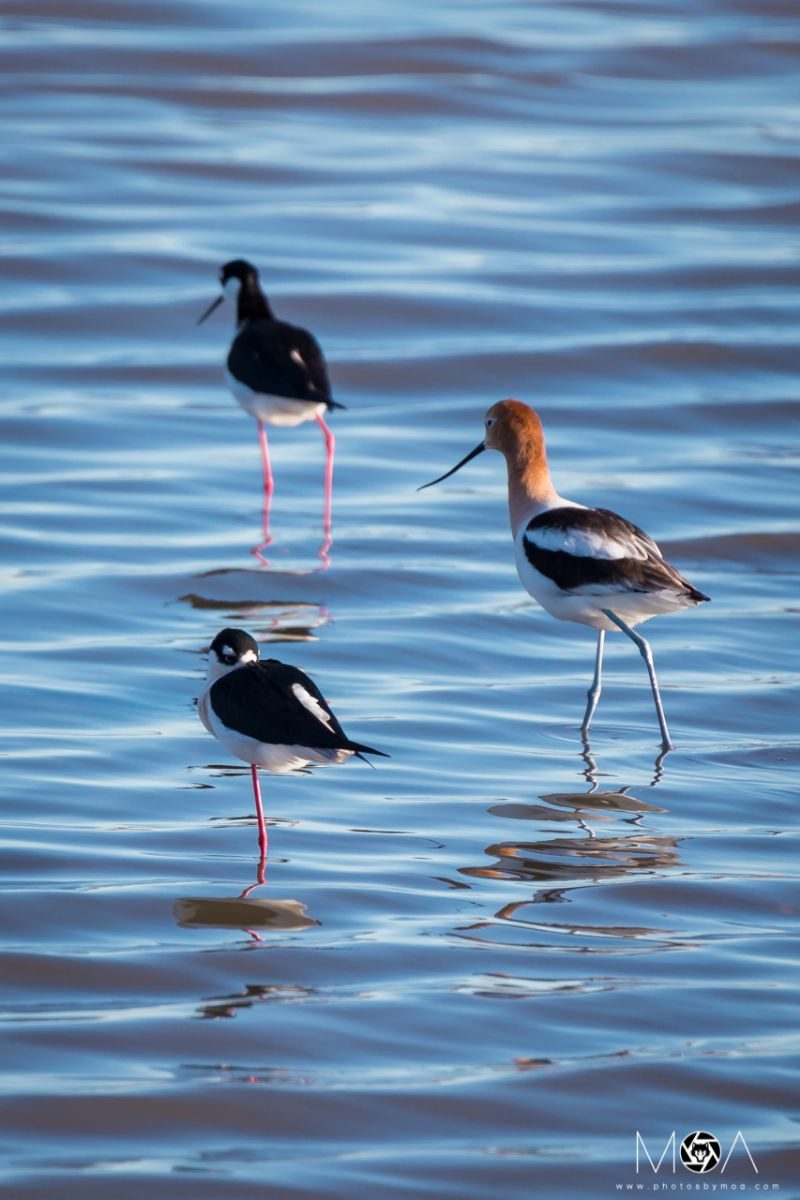
The American Avocet is fairly unmistakeable to identify: they have a rusty coloured head, black and white wings and a long upturned bill. They stride through the water on very long legs.
The Avocets’ pond was lined with a surprising amount of electronics equipment, probably something to do with the electronics recycling facility just south of their wetland. It felt good to untangle extension cords from the bushes and gather up all the small appliances.
Avocets lay their eggs out in the open, which doesn’t seem wise but they seem to know what they’re doing, their species has the best conservation rating of ‘Low Risk’. Their chicks leave the nest at only one day old, at that point they can walk, swim and even dive. Oh to have it as easy as an Avocet parent.

Finn and I walked back along the road, collecting what appeared to be auto parts along the way. Either they fell off a truck or the city trucks are actively falling apart as they drive. Our bags were completely full either way. I focused on all the wire, seeing that as more harmful than pipes.
At the parking lot we delivered our completely full garbage bags to an already large pile. Somehow it still felt like we had missed so much, but at least the Avocet pond was a bit better. Our inaugural Wetlands clean up was celebrated with a Chinese Food feast. We plan on doing the exact same this year! Maybe Finn can learn how to drive a dump truck to make a dent in the pile by those trees. That would probably cost me three orders of Ginger Beef instead of the usual two.
Check the Nature Calgary “Field Trips” and “Events” pages for trips to the 68 Street wetlands, including their annual clean-up.
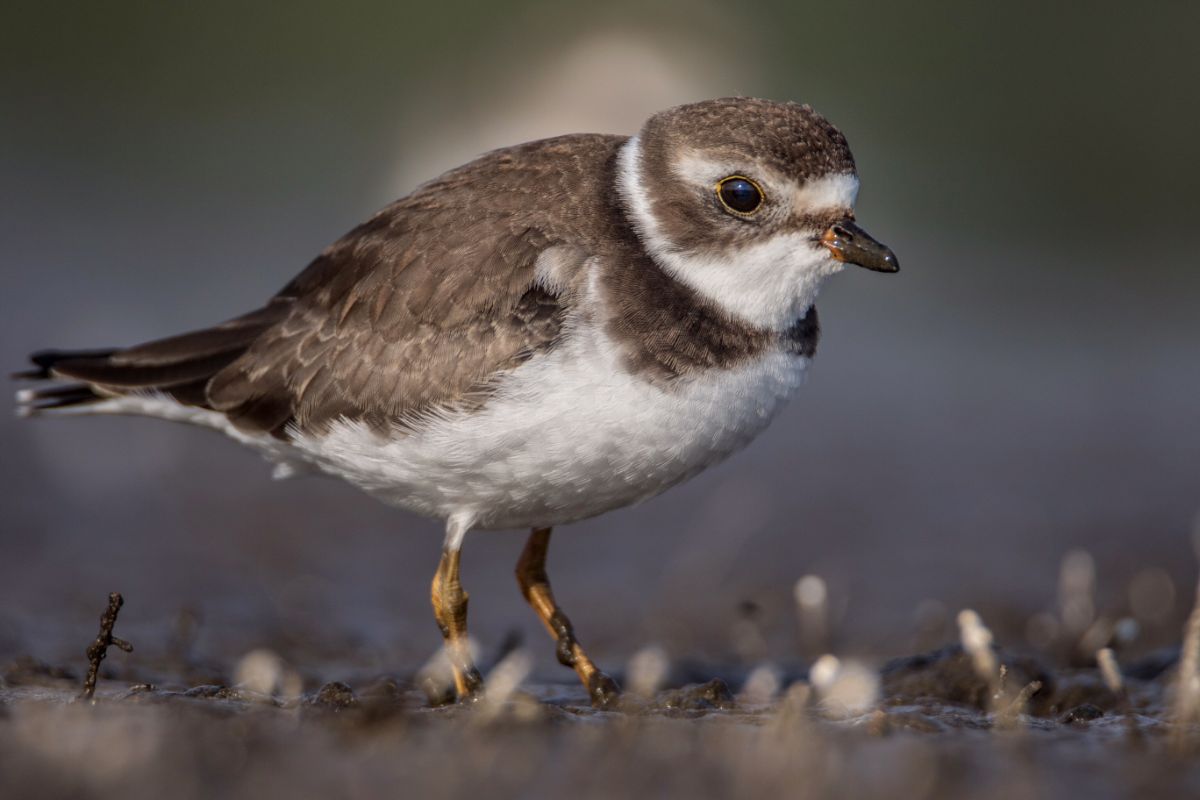
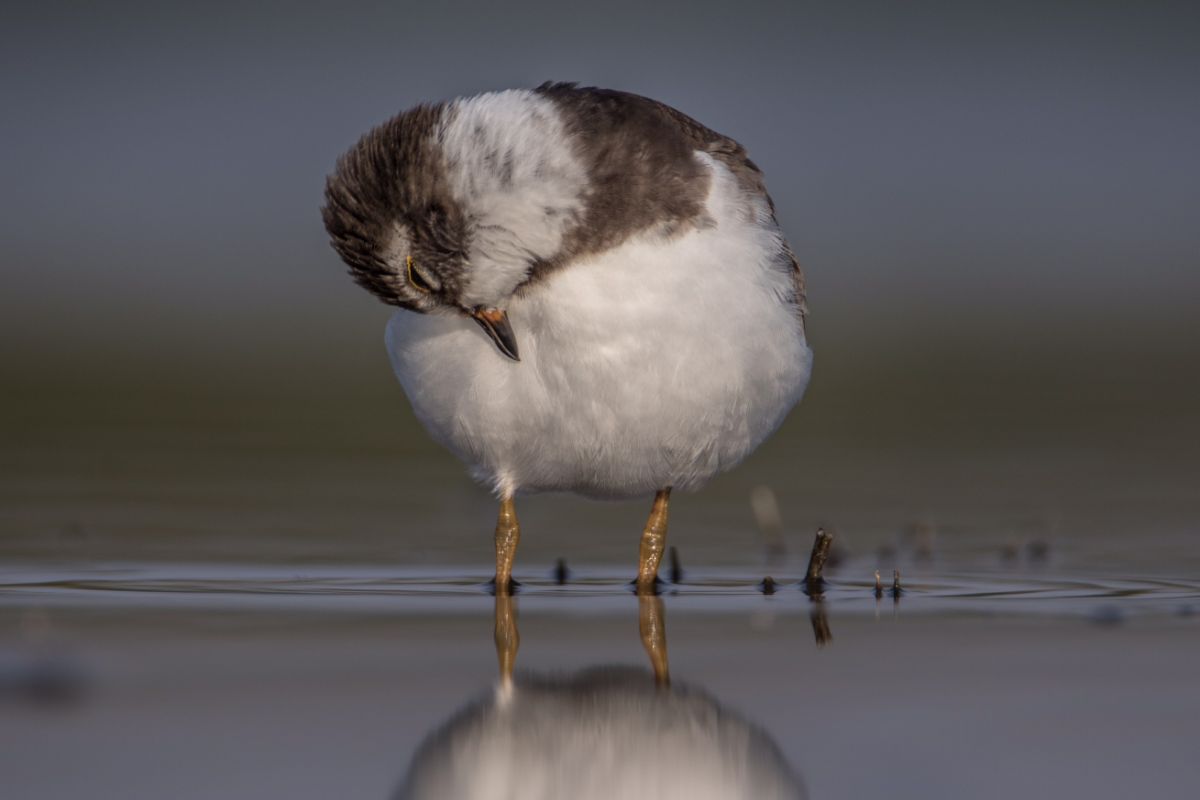
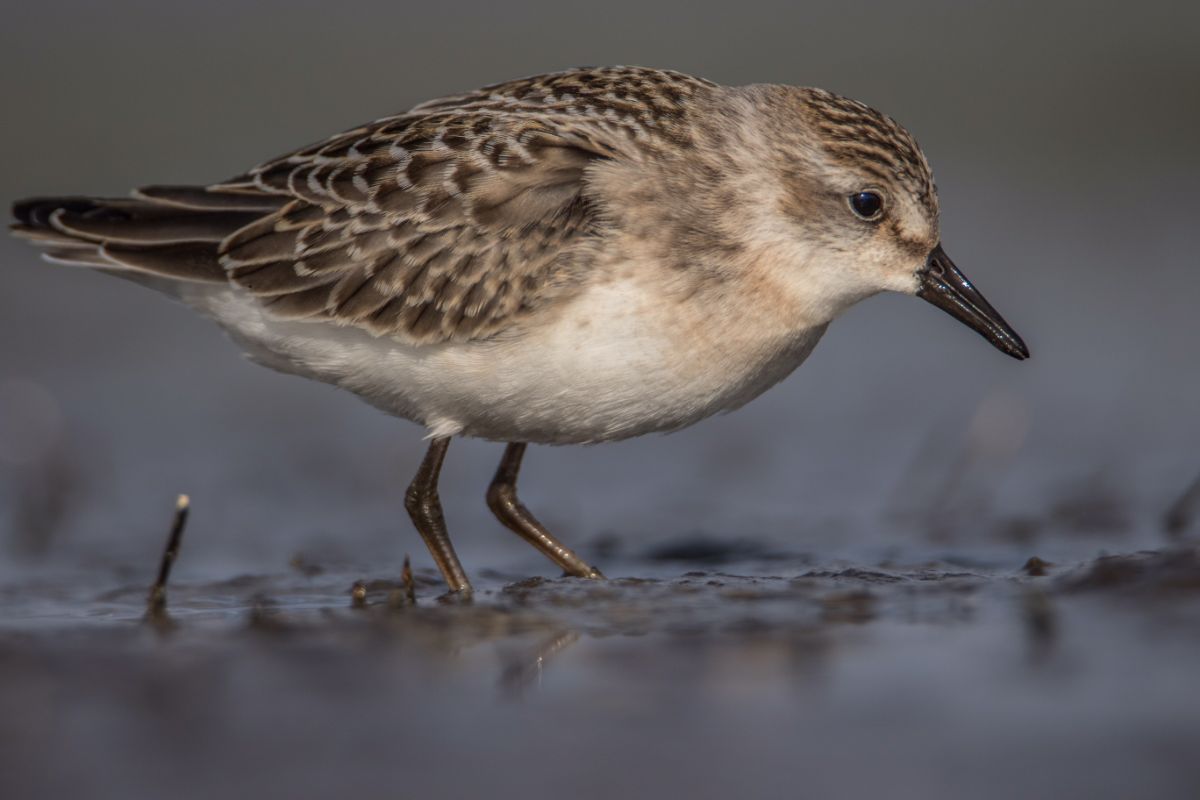
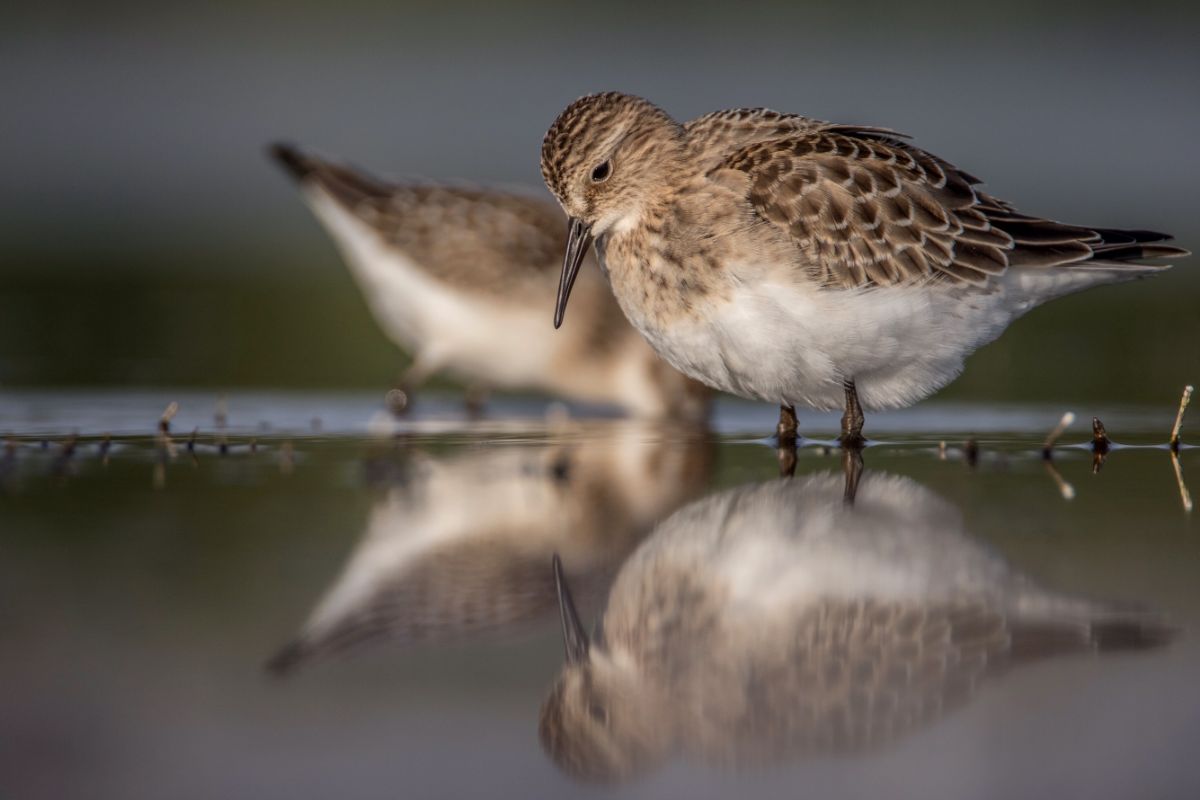
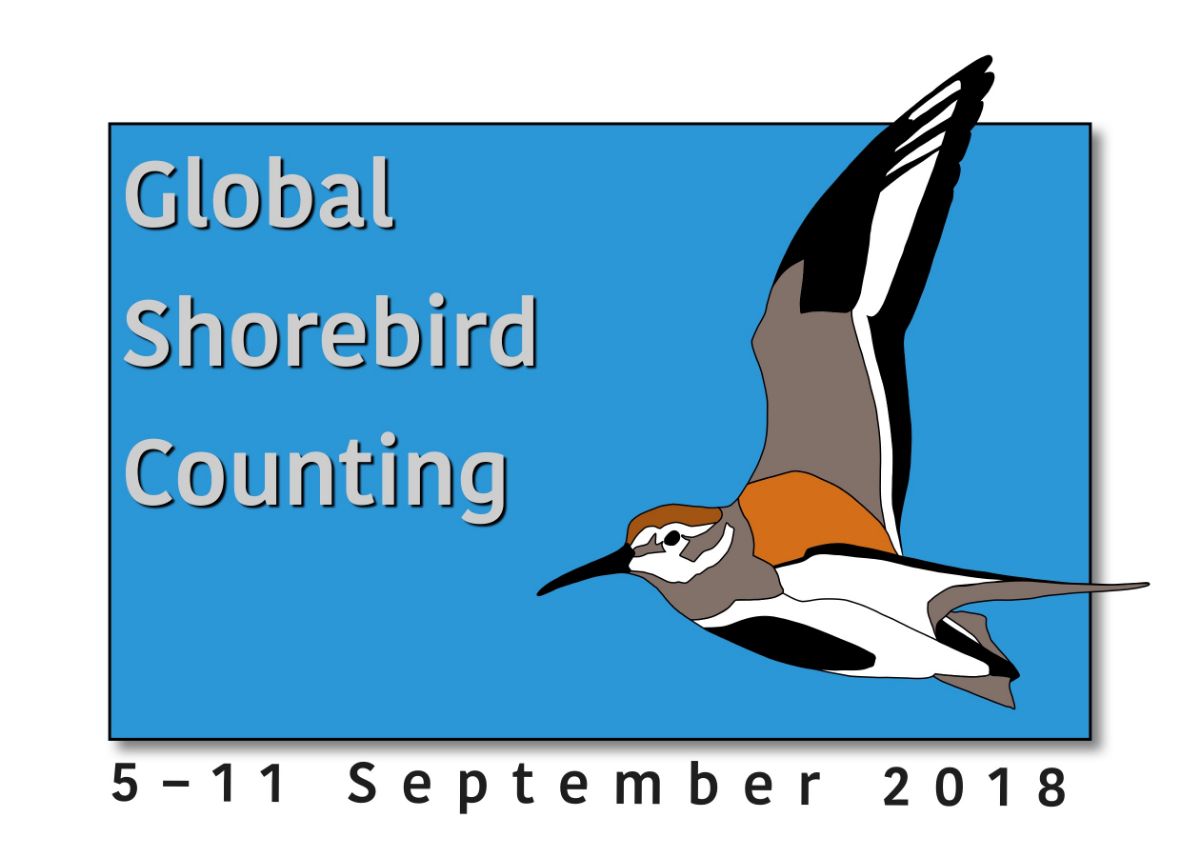


 Long-billed Dowitchers, Frank Lake. September 12, 2013. Photo by Dan Arndt
Long-billed Dowitchers, Frank Lake. September 12, 2013. Photo by Dan Arndt